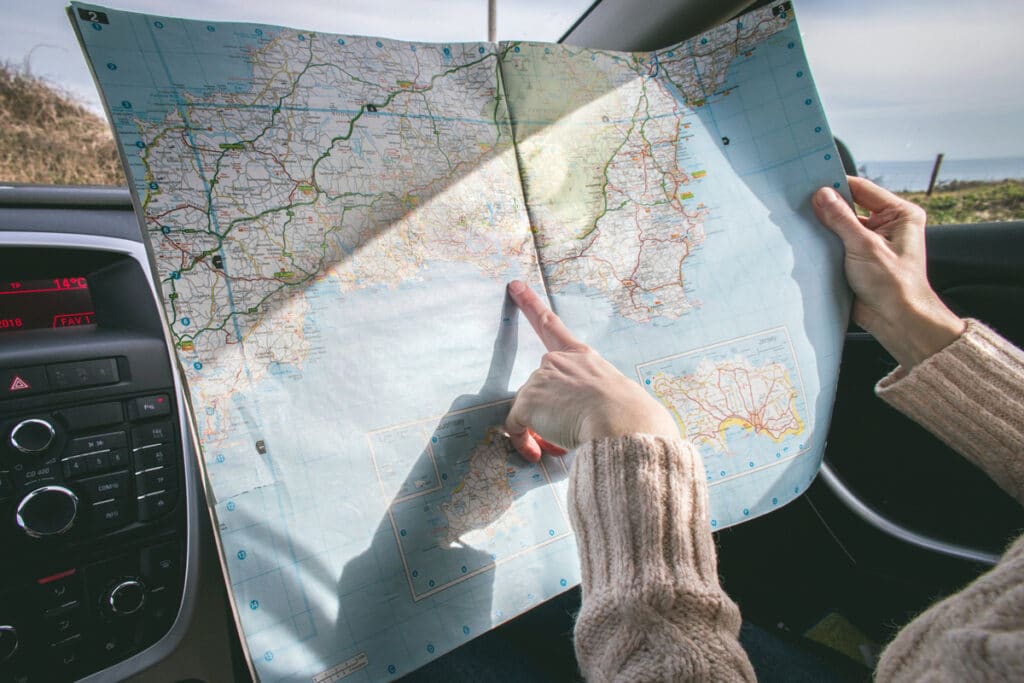Breaking News
Popular News




Enter your email address below and subscribe to our newsletter
Adding yourself into a picture can be a fun and creative way to personalize your photos or create unique visual content. Whether you want to superimpose yourself into a beautiful landscape, commemorate a special occasion, or simply enhance your photography skills, this guide will show you how to Photoshop yourself into a picture. We’ll break down the process into simple steps, so even beginners can achieve impressive results.
Before we dive into the steps, let’s explore why you might want to Photoshop yourself into a picture:
Now, let’s get started with the process.
To Photoshop yourself into a picture, you’ll need photo editing software. Adobe Photoshop is the most popular choice, but it can be expensive. If you’re looking for a free alternative, consider using GIMP (GNU Image Manipulation Program). It offers many of the same features as Photoshop and is suitable for beginners.
Choose the picture where you want to add yourself. Ensure it has good lighting and is of high quality. The success of your editing largely depends on the quality of the source images.
To convincingly place yourself into the picture, you’ll need a clear self-portrait. Try to match the lighting and angle of your self-portrait with the background image. Use a tripod or have someone else take the picture to keep it stable.
Open both your chosen background picture and your self-portrait in your photo editing software. You’ll be working with these two images to create a seamless composition.
In your self-portrait image, use the selection tools (e.g., the lasso or pen tool) to carefully select yourself. Take your time and ensure you have a precise outline. Once selected, cut or copy yourself from the self-portrait.
Switch to the background image and paste your self-portrait into it as a new layer. Position it where you want to appear in the picture.
You’ll likely need to resize and adjust your self-portrait to fit naturally into the background. Use the transform tools in your software to change the size and adjust the perspective. Pay attention to details like the angle, lighting, and shadow to make it look realistic.
This is where the magic happens. To make your superimposed image look realistic, focus on blending. You can use tools like layer masks, opacity adjustments, and the eraser tool to blend the edges seamlessly with the background. Pay attention to the lighting, color balance, and shadows to match the original image.
Add any final touches to make your image look more convincing. This might include adding shadows, adjusting color tones, or applying filters to match the overall style of the image.
Once you’re satisfied with your creation, save the edited image. You might want to save it in a format that supports layers (e.g., PSD or XCF) so you can make further adjustments in the future.
If you’re new to Photoshop or photo editing in general, there are many resources available to help you learn and improve your skills:
These resources will provide you with a wealth of information and tutorials to help you enhance your photo editing skills and master the art of Photoshop.
Learning how to Photoshop yourself into a picture opens up a world of creative possibilities. It allows you to personalize your photos, tell visual stories, and create memorable images. With the right software, a bit of practice, and attention to detail, you can seamlessly integrate yourself into any picture. Whether for personal or professional purposes, this skill can add a unique and engaging dimension to your photography.
Remember, like any creative endeavor, practice and patience are key to mastering the art of Photoshop. Start with simple compositions and gradually work your way up to more complex projects. As you gain experience, you’ll be amazed at what you can create and how you can turn your ordinary photos into extraordinary works of art.
Read some more: How to Make Your Dreams Come True